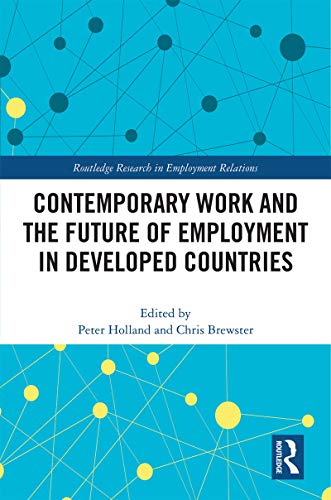

Most ebook files are in PDF format, so you can easily read them using various software such as Foxit Reader or directly on the Google Chrome browser.
Some ebook files are released by publishers in other formats such as .awz, .mobi, .epub, .fb2, etc. You may need to install specific software to read these formats on mobile/PC, such as Calibre.
Please read the tutorial at this link: https://ebookbell.com/faq
We offer FREE conversion to the popular formats you request; however, this may take some time. Therefore, right after payment, please email us, and we will try to provide the service as quickly as possible.
For some exceptional file formats or broken links (if any), please refrain from opening any disputes. Instead, email us first, and we will try to assist within a maximum of 6 hours.
EbookBell Team

4.1
40 reviewsWhilst only in the second decade of the 21st century, we have seen significant and fundamental change in the way we work, where we work, how we work and the conditions of work. The continued advancements of (smart) technology and artificial intelligence, globalisation and deregulation can provide a ‘sleek’ view of the world of work. This paradigm can deliver the opportunity to both control work and provide new challenges in this emerging virtual and global workplace with 24/7 connectivity, as the boundaries of the traditional organisation ‘melt’ away.
Throughout the developed world the notions of work and employment are becoming increasingly separated and for some this will provide new opportunities in entrepreneurial and self-managed work. However, the alternate or ‘bleak’ perspectives is a world of work where globalisation and technology work together to eliminate or minimise employment, underpinning standardised employment with less and less stable or secure work, typified by the rise of the ‘gig’ economy and creating more extreme work, in terms of working hours, conditions and rewards. These aspects of work are likely to have a significant negative impact on the workforce in these environments.
These transformations are creating renewed interest in how work and the workforce is organised and managed and its relationship to employment in a period when all predictions are that the pace of change will only accelerate.